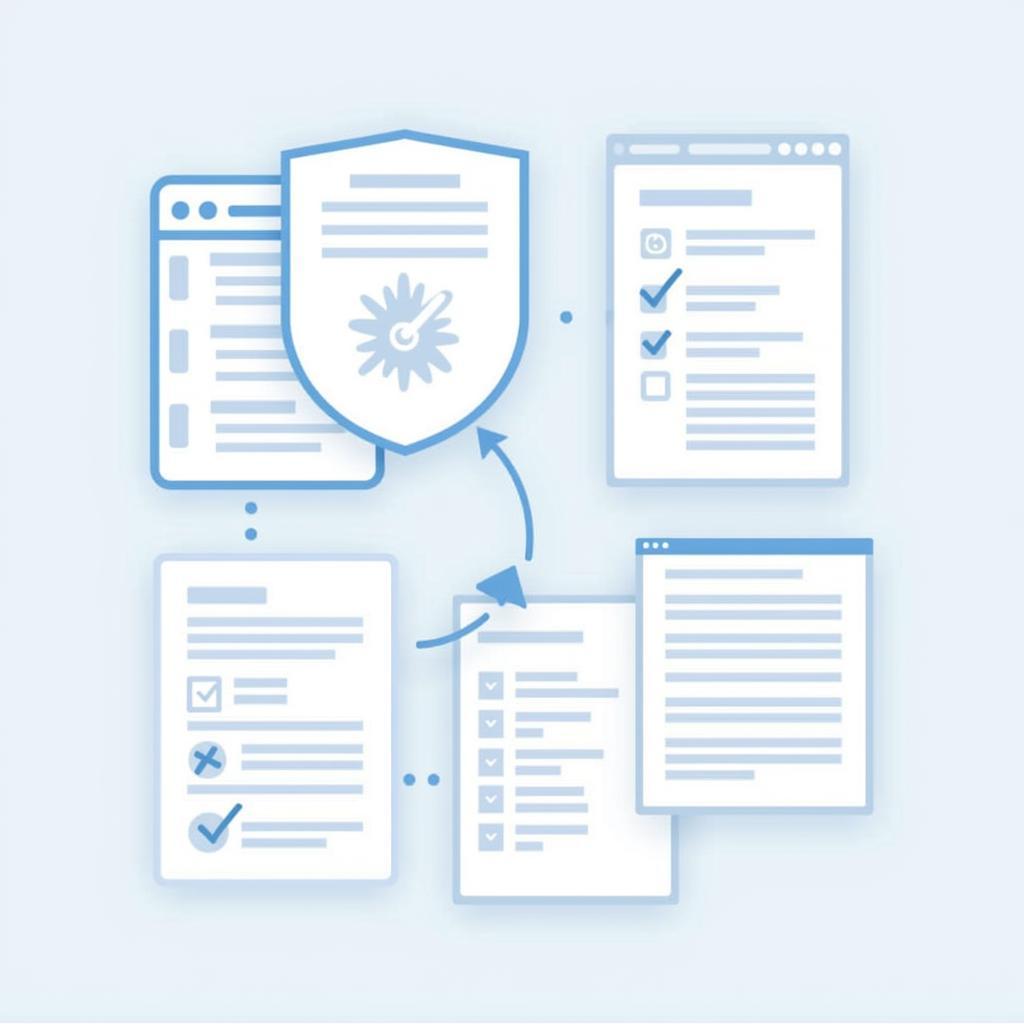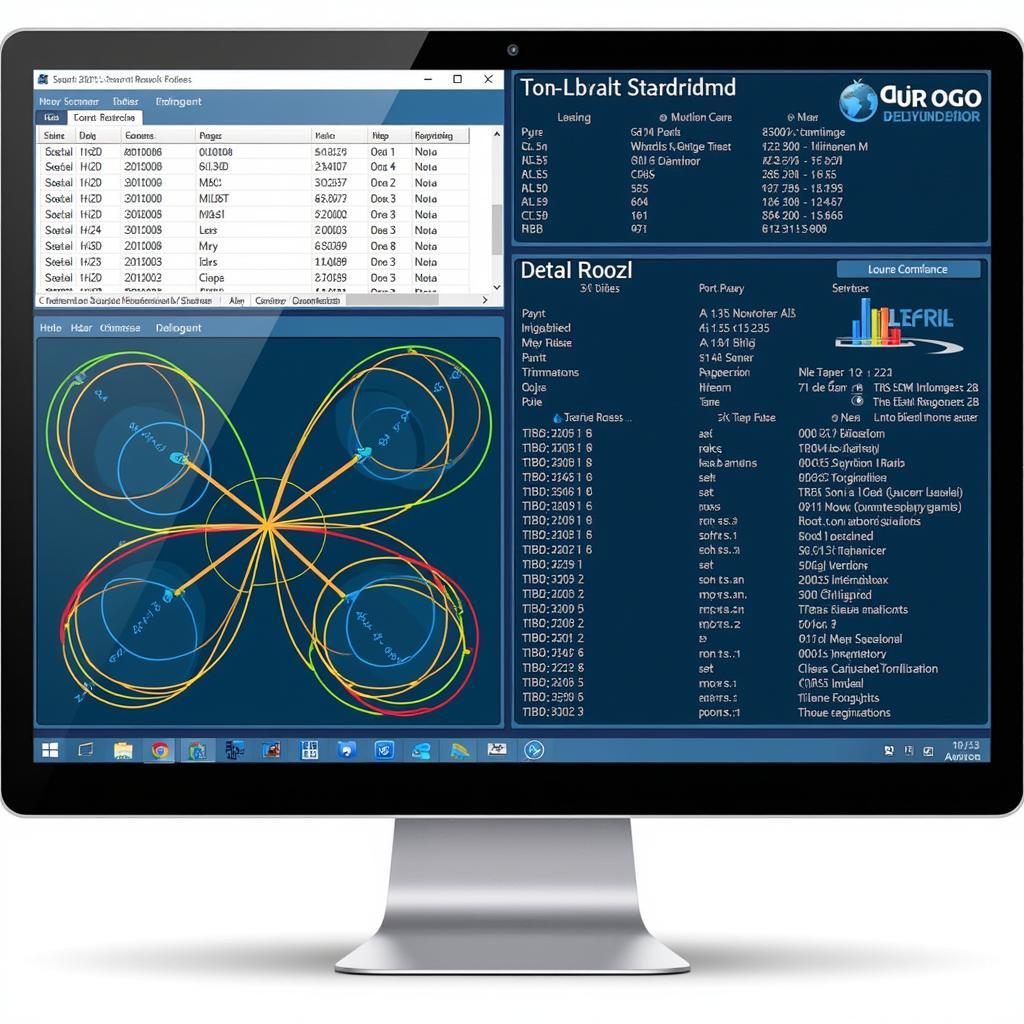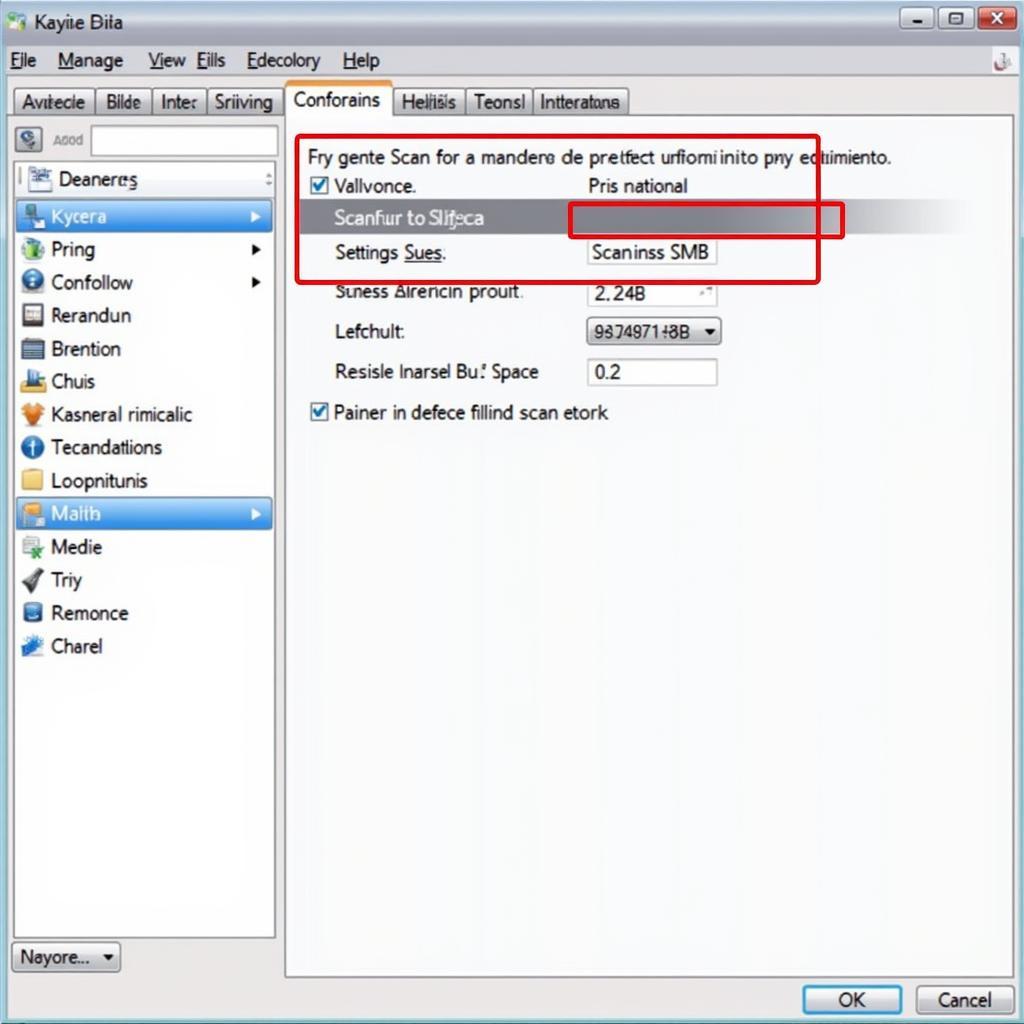Security Code Scanning Tools are essential for developers and organizations looking to build secure software. These tools automatically identify potential vulnerabilities in source code, helping to prevent security breaches and ensure the overall integrity of your applications.
Why Security Code Scanning Tools are Essential
In today’s digital landscape, software vulnerabilities are a goldmine for attackers. A single vulnerability can be exploited to steal data, disrupt services, or even take control of entire systems.  Security Breach Illustration. Security code scanning tools act as the first line of defense by identifying these weaknesses early in the software development lifecycle. This proactive approach not only saves time and resources in the long run but also protects your reputation and the trust of your users.
Security Breach Illustration. Security code scanning tools act as the first line of defense by identifying these weaknesses early in the software development lifecycle. This proactive approach not only saves time and resources in the long run but also protects your reputation and the trust of your users.
Types of Security Code Scanning Tools
There’s a wide array of security code scanning tools available, each specializing in different aspects of code analysis. Here are some key types:
- Static Application Security Testing (SAST): SAST tools examine the source code without executing it, identifying vulnerabilities such as SQL injection, cross-site scripting (XSS), and buffer overflows.
- Dynamic Application Security Testing (DAST): DAST tools test the application in a runtime environment, simulating attacks to uncover vulnerabilities that might not be apparent through static analysis.
- Interactive Application Security Testing (IAST): IAST tools combine elements of both SAST and DAST, analyzing code behavior during runtime for more comprehensive vulnerability detection.
Choosing the Right Security Code Scanning Tool
Selecting the most effective tools depends on your specific needs and development environment:
- Programming Languages and Frameworks: Ensure the tool supports the languages and frameworks used in your projects.
- Integration with Development Workflow: Seamless integration with your existing development tools, such as IDEs and CI/CD pipelines, is crucial for efficient vulnerability management.
- Reporting and Remediation Guidance: Choose tools that provide clear, concise reports highlighting vulnerabilities and offering actionable remediation advice.
Benefits of Using Security Code Scanning Tools
Implementing security code scanning tools offers numerous advantages:
- Early Vulnerability Detection: Identifying and addressing vulnerabilities early in the development process reduces the cost and effort of fixing them later.
- Improved Code Quality: Regularly scanning code for security flaws promotes better coding practices and enhances the overall security posture of your applications.
- Compliance Requirements: Security code scanning tools help organizations meet industry-specific compliance standards, such as PCI DSS, HIPAA, and GDPR.
 Compliance Checklists.
Compliance Checklists.
Best Practices for Using Security Code Scanning Tools
To maximize the effectiveness of your security code scanning tools:
- Integrate into CI/CD Pipeline: Automate code scanning by integrating tools into your continuous integration and continuous delivery (CI/CD) pipeline.
- Regular Scans: Perform scans regularly, ideally with every code commit, to ensure continuous security assurance.
- Prioritize and Address Findings: Focus on addressing high-severity vulnerabilities first and establish a process for timely remediation.
- Stay Updated: Keep your security code scanning tools and their vulnerability databases up to date to benefit from the latest security enhancements and threat intelligence.
Conclusion
Security code scanning tools are indispensable for developing and maintaining secure software. By integrating these tools into your development process and following best practices, you can proactively identify and mitigate vulnerabilities, protecting your applications, your data, and your reputation.
For expert advice and assistance in choosing and implementing the right security code scanning tools for your needs, contact ScanToolUS at +1 (641) 206-8880 or visit our office at 1615 S Laramie Ave, Cicero, IL 60804, USA.



Pingback: PCI DSS Scan Tool: Understanding the Need and Choosing the Right One - Car Scan Tool
Pingback: Code Scanning Tools Security: A Comprehensive Guide for Automotive Professionals - Car Scan Tool